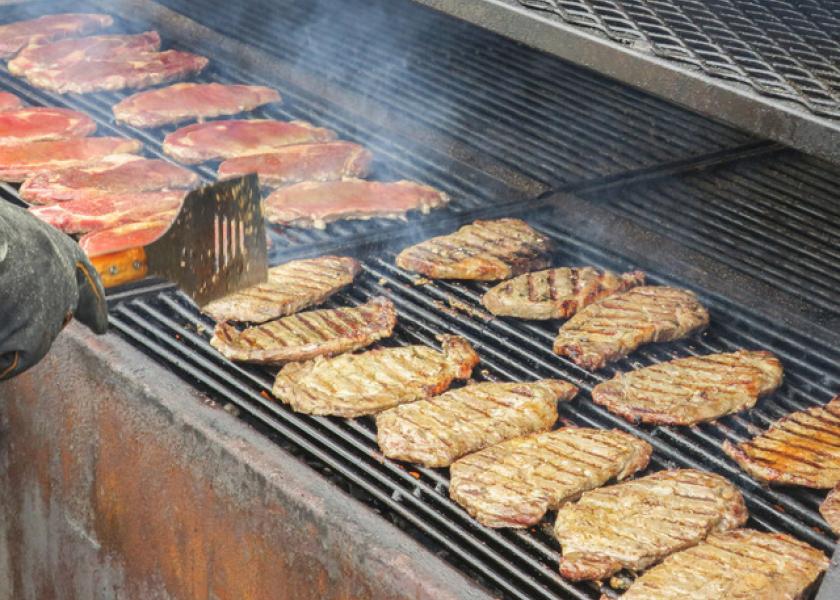In Search of the Perfect Steak

Imagine taking your first bite of a $40 rib-eye steak—only to chew on beef that’s as tough as shoe leather. Talk about disappointment!
“A tough steak is not a pleasant experience,” says Frank Hendrix, a Washington State University Extension educator and animal scientist.
Hendrix sympathizes with anyone who’s ever gnawed a stringy steak, and is doing his part to make leathery beef a thing of the past.
In a 10-year project to build the perfect beefsteak, Hendrix teamed with fellow researchers in the WSU Department of Animal Sciences to select and breed cattle for extra tenderness using DNA markers.
“American beef is a wonderful product, but its tenderness can be improved,” said Hendrix.
To help, he set out to learn if DNA tools could help selectively breed beef cattle with more tender meat.
Current technology allows breeders to pluck a hair from a cow, look for DNA markers linked to meat tenderness, then assign a tenderness rank. Hendrix bred cows with a top tenderness-ranked bull named “Heritage,” raising the calves under identical conditions on irrigated pasture in Central Washington.
He checked the meat from the animals for tenderness using an instrument which measures the force it takes to slice a piece of steak.
The results showed a significant difference in tenderness between typical beef and steaks from Hendrix’ specially-bred cattle, revealing that tenderness is an inherited trait.
Hendrix has presented his research, “In Search of the Perfect Steak” at research conferences over the past three years, most recently at WSU’s spring 2016 Academic Showcase.
“It’s remarkable that there was such a strong correlation,” said Mark Nelson, Associate Professor in the Department of Animal Sciences, who worked with Hendrix on analyzing results from the shear-force test.
Nelson, who specializes in animal nutrition, is interested in making beef a more functional food, with less saturated, or ‘bad’, fat and more unsaturated ‘good’ fat and antioxidants. Hendrix’ project helps do that, he says. Cattle that are naturally tender are worth more to the farmer, more to the finisher, and more to the customer.
“It’s better beef,” says Hendrix. “The risk of buying a steak that’s way too chewy just won’t be there anymore.”
Source: Washington State University







